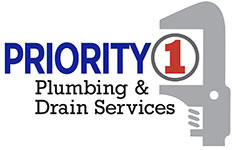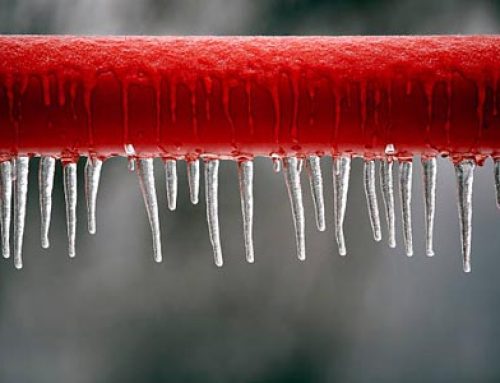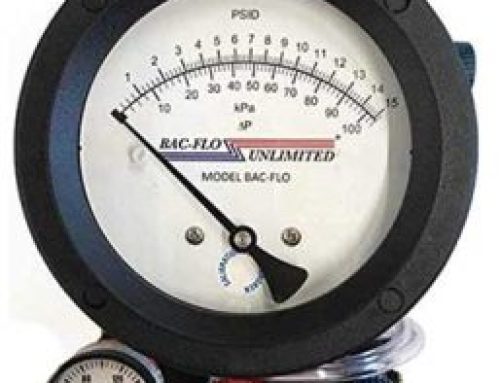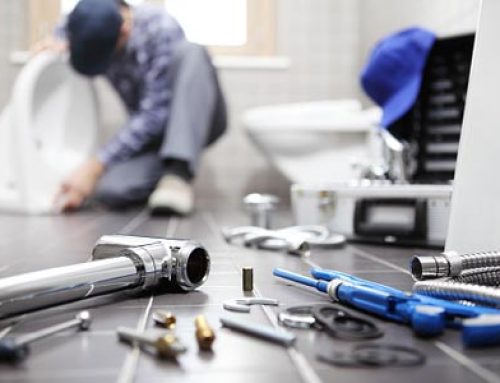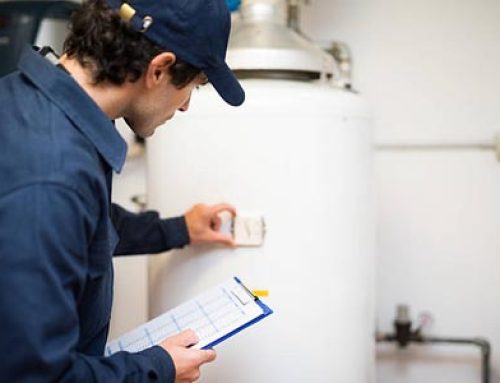
Are you sick of putting up with annoying water damage in your home or workplace? Would you like to understand more about drainage systems, their intricate functioning, and how they may protect your property? Say no more!
Understanding how drainage systems function is critical to ensuring a dry and safe environment in any facility. In this article, we’ll dive into the fundamentals of drainage systems, explore common issues, and offer solutions to keep your property in tip-top shape.
How Do Drainage Systems Work?
Drainage systems direct the water’s flow away from the building using gravity. The system uses a network of pipes and channels to gather water and send it in the right direction. A drainage system’s primary elements are:
Drainage Pipes
The mainstay of the system, these pipes are in charge of removing water from the structure. They are built to endure the burden of soil and other materials and are often composed of PVC, cast iron, or clay.
Drainage Channels
Usually, these take the form of gutters and downspouts. They are made to steer rainwater away from the building’s roof and toward the ground.
Drainage Basins
These are large underground tanks used to store extra water from the drainage system. They frequently use a pump to force the water into a safe place.
Common Problems with Drainage Systems
Despite their significance, drainage systems may run into a variety of issues. Here are some of the most prevalent issues:
Clogs
Clogging is one of the most typical concerns with drainage systems. Many things, such as hair, food particles, and soap scum, are capable of causing them. Clogs can cause backups and overflows, resulting in water damage to the property if not addressed.
Corrosion
Drainage pipes may rust and deteriorate with time, causing leaks and other issues. This is particularly true for older structures with possibly out-of-date drainage systems.
Tree Roots
Tree roots can penetrate drainage lines, creating clogs and even ruptures. This can pose a severe problem to properties surrounded by much greenery.
Preventing Drainage System Problems
While drainage system issues might not be entirely avoidable, several measures can be taken to reduce the likelihood of problems. Here are some recommendations for minimizing drainage system issues:
Regular Maintenance
Maintaining the condition of drainage systems requires routine maintenance. This entails removing clogs, looking for leaks, and ensuring the system is working.
Tree Management
It is possible to stop tree roots from entering the drainage system by maintaining the trees and landscaping surrounding the property.
Upgrading
Upgrade to a more modern drainage system if the existing one is old or in bad shape to prevent possible issues.
Drainage systems protect buildings from water damage and maintain a clean, healthy environment. They are the unsung heroes of any structure.
Understanding how this system operates and the everyday challenges they encounter can assist you in taking proactive steps to avoid any problems. Your drainage system can be kept in good working order, and possible calamities can be avoided with routine maintenance and inspection.
Thus, get in touch with a reliable plumbing company right away to maintain your drainage system to safeguard your home, your well-being, and your peace of mind.
